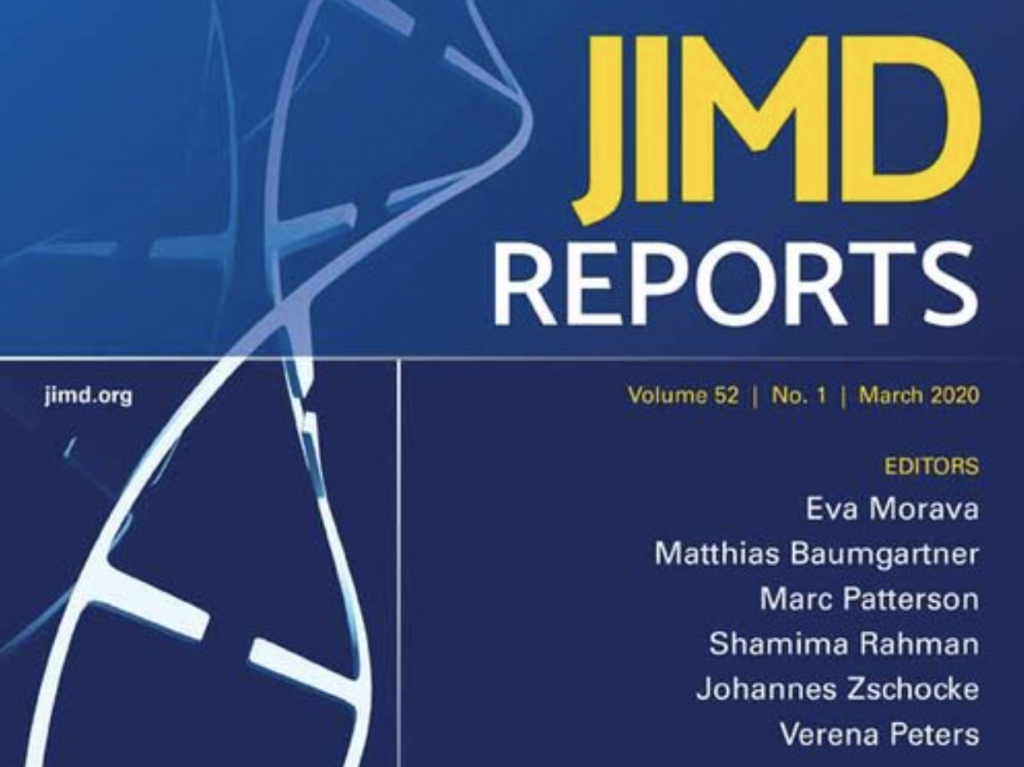Treatment of infantile neuroaxonal dystrophy with RT001

Treatment of infantile neuroaxonal dystrophy with RT001: A di-deuterated ethyl ester of linoleic acid: Report of two cases
Abstract
Background:
Infantile neuroaxonal dystrophy (INAD) is a rare, autosomal recessive disease due to defects in PLA2G6 and is associated with lipid peroxidation. RT001 is a di-deuterated form of linoleic acid that protects lipids from oxidative damage.
Introduction:
INAD is a rare inherited neurological disorder (MIM 256600). It usually becomes apparent after age 6 months with slowing of motor and cognitive development and regression of previously acquired skills. The disease onset may vary according to the underlying genetic defect. Once it begins, however, the disease is relentlessly progressive, and death usually occurs between 5 and 10 years, often from loss of bulbar function leading to aspiration pneumonia. No drugs or therapies exist that alter the course of the disease.
INAD is an autosomal recessive disorder due to pathological variations in both copies of the PLA2G6 gene (chromosome 22q13.1) which encodes a phospholipase (iPLA2β [MIM 603604]). This enzyme performs a critical housekeeping function in all cell membranes, where polyunsaturated fatty acids (PUFAs) are prone to lipid peroxidation (LPO). Membrane repair is most critical in conditions of high oxidative stress, as found in the mitochondria of highly metabolic tissues. The loss of iPLA2β function is associated with functional and structural abnormalities; this loss of function is most notable in neurons, where the damaged membranes accumulate as spheroids leading to early cell death and neurodegeneration. Mutations in PLA2G6 have been associated with a variety of neurodegenerative conditions including INAD, atypical NAD, and young‐onset Parkinson’s disease. These diseases vary according to the degree of iPLA2β impairment. INAD represents the expression of the most severe form of PLA2G6 variation with elevated mitochondrial lipid peroxidation and mitochondrial dysfunction.
RT001 is a deuterated homologue of linoleic acid that makes membrane PUFAs resistant to LPO. RT001 has proven beneficial in a recent Drosophila INAD model. Reduced LPO, after treatment with RT001, was associated with recovery of the mitochondrial membrane potential of PLA2G6 mutant human fibroblasts and with rescue of the locomotor deficits in iPLA2‐VIA knockout flies. The protective effects of deuterated PUFAs is nonlinear. Inhibition of LPO occurs even when the deuterated compounds are present at relatively low levels. A strong protective effect of deuterated linoleic acid (D2‐LA) against LPO is seen when a threshold of 20% exists in liposomal lipid bilayers. Treatment with RT001 has shown early signs of efficacy in patients with Friedreich’s ataxia, a disorder of intracellular free‐iron imbalance that initiates LPO, resulting in increased oxidative stress and mitochondrial dysfunction. RT001 has been used in 64 subjects in clinical trials and has been well tolerated. In these clinical trials, a single, self‐limited episode of steatorrhea was categorized as a serious adverse event that was drug‐related. Here, we report the safety, pharmacokinetic (PK) and clinical functional outcome measures of RT001 in two INAD patients enrolled in complementary Expanded Access protocols.
